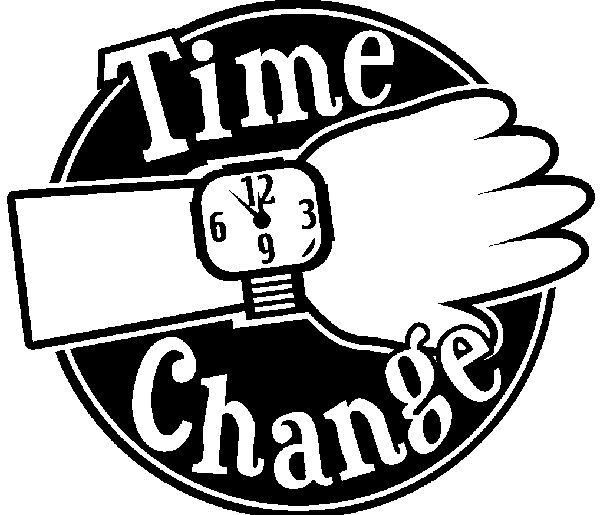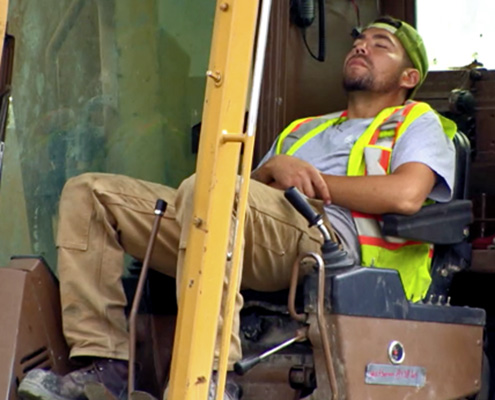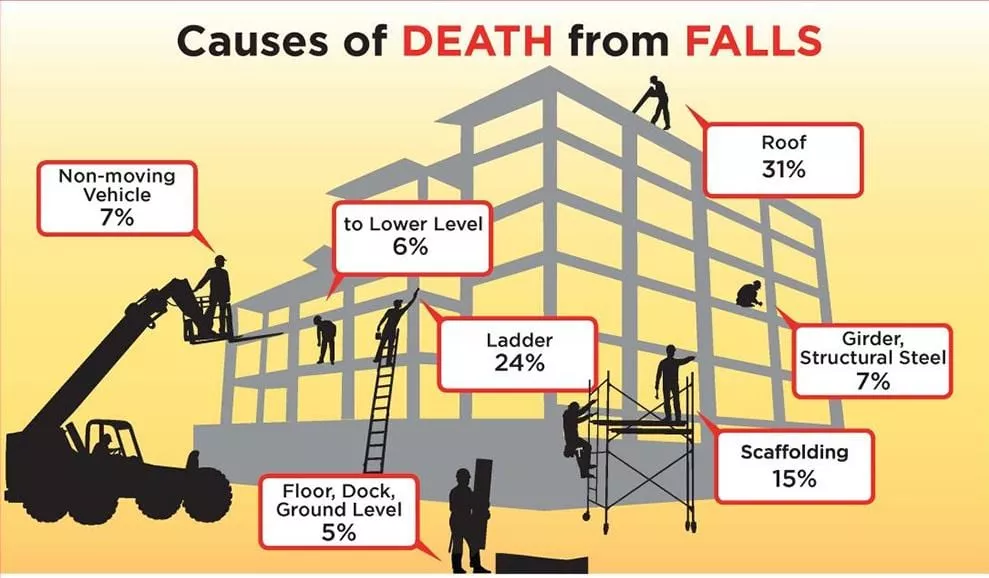WEEK 1
Daylight Savings Time Safety

Every March, most Americans welcome the switch to daylight saving time because of the longer days, but also dread losing an hour of sleep after they move their clocks forward. Now a new study shows that losing just an hour of sleep could pose some dangerous consequences for those in hazardous work environments.
According to the (September 2009 issue of the Journal of Applied Psychology, which is published by the American Psychological Association.)
“One hour of lost sleep may not seem like a lot. But our findings suggest it could have an impact on people’s ability to stay alert on the job and prevent serious injuries.” said the article’s lead author, Christopher Barnes, PhD. Barnes and co-author David Wagner, PhD, were both doctoral students in organizational behavior at Michigan State University when they conducted this research.
On average, there were 3.6 more injuries on the Mondays following the switch to daylight saving time compared to other days, and 2,649 more days of work were lost as a result of those injuries. That’s approximately a 68 percent increase in lost work days. In their analysis, the researchers controlled for weekends and holidays. Work experience did not appear to play a role in the number of injuries suffered.
So today as we go out to work, take a moment and realize that statistically you may not be at the top of your game. Your awareness of hazards may be down. Take extra time today in evaluating the tasks to be done prior to doing them. Take a minute and do a safety check to ensure you don’t become one of these statistics.
WEEK 2
Wake Up Call

Sleep experts all agree that a regular eight hours of sleep is good for you, but the results of a recent study suggest that the groggy feeling most of us wake up to, even after a good night’s sleep, is harder shake off than we might like to think. “Sleep inertia,” the period immediately after waking, finds most of us in a state of impairment comparable to drunkenness.
In a study conducted by Colorado University researchers, subjects who were deprived of sleep for more than 24 hours actually performed some tests more accurately than those who had just woken up from an eight hour sleep. The study tested short-term memory, counting skills and cognition during sleep inertia. It found that impairment was most severe during the first three minutes. While the most severe effects of sleep inertia dissipated after ten minutes, in some subjects, lingering effects could be detected for up to two hours after waking.
Most of us have a morning routine that allows us ten minutes or longer to ease our way into wakefulness, but the results of this study have serious implications for people who are regularly called on to wake up and act quickly such as medical personnel, emergencies responders and professional drivers. Doctors and nurses work long hours, sometimes napping to refresh themselves, and often making important decisions that require the kind of simple math calculations the Colorado University study examined.
The study did not measure the effects of a cold shower or a hot cup of coffee during the first few minutes after waking, but because any of us could find ourselves pulled from sleep to deal with an emergency, this new study has implications for all of us. Even when we have very little time to rouse ourselves from sleep, we should take as much time as we can, remember that our judgement is suspect in those first minutes of wakefulness, and double-check our calculations before making crucial decisions.
WEEK 3
Fighting Fatigue

Fatigue is the condition of being physically or mentally tired or exhausted. Extreme fatigue can lead to uncontrolled and involuntary shutdown of the brain.
Fortunately, there are ways to fight fatigue:
- Get eight hours of sleep before starting work.
- Sleep at the same time each day. If they rotate shifts, establish clockwise rotations (from day to evening to night). Clockwise rotating makes it easier to go to sleep when a worker goes to bed.
- Take all scheduled work breaks. A snack or exercise during the break will refresh them.
- When trying to sleep during the daytime, find a cool, dark, quiet location. Use earplugs, soft music, or a fan to block out noise.
- See their doctor about sleep disorders, medications for illness, and using bright light on the job or during waking hours.
- Eat a well-balanced diet beginning the “day” with high protein foods and ending with carbohydrates. Do not eat great quantities before bedtime; they may cause trouble sleeping.
- Avoid caffeine, alcohol, and cigarettes. These substances cause sleep disturbances.
- Walking, stretching, and aerobics can help a person stay awake. Exercise will give you stamina and help you to fall asleep later.
- Work carefully and very methodically, always following proper procedures.
When you’re fatigued you will make errors in judgment. Your mind or eyes can be off task and you can make a critical error.
WEEK 4
Falls From Any Height

Who needs fall protection equipment? If you said workers building bridges or cleaning office tower windows you would be right. But what about all the workers who work at lesser heights, just a few feet off the ground? They should also be protected from falls – which can be every bit as fatal.
Consider your work area. And is there equipment to stop a fall?
The situations to be considered are:
- Permanent – such as a fixed ladder on a process tank or mezzanine floor where materials are stored.
- Temporary – such as a scaffold or the top of a loaded truck.
Fall protection equipment is broadly divided into two categories:
- One is fall prevention equipment. A body harness worn by the worker can also be used to tether him to an area away from the fall hazard.
- Fall arrest equipment is designed to save the worker if he falls. The law in many areas says a worker must be protected if he is exposed to a fall hazard of 10 feet or three meters. But a study has indicated 10 per cent of fatal falls occur at heights lower than that. Imagine someone falling four feet from a loading dock and striking his head on the pavement. Such an incident could very well be fatal.
Check these areas:
- Does anyone ever go to the roof? What is the potential for falls?
- Are scaffolds built safely according to regulations?
- Floor openings created by construction work must always be properly barricaded and securely covered.
Safety laws are in place to prevent falls from heights. Be sure to follow these rules to the letter. And look beyond the law. You know a fall hazard when you see one, so report it to ensure it gets fixed.
“SAFETY IS PRIORITY NUMBER 1!”
